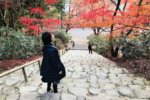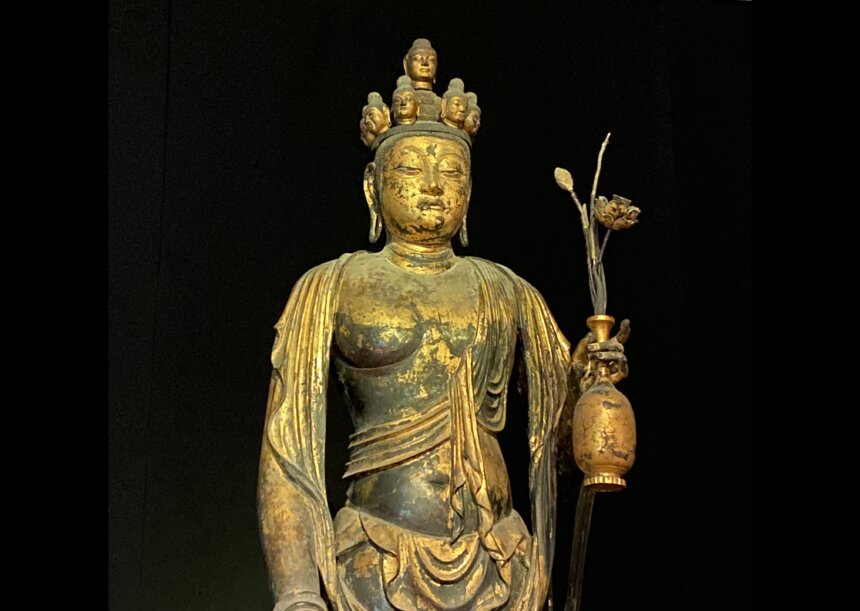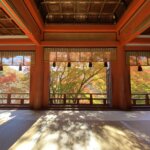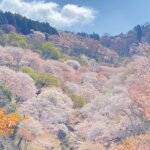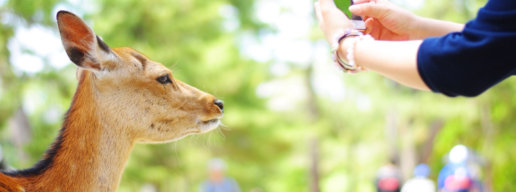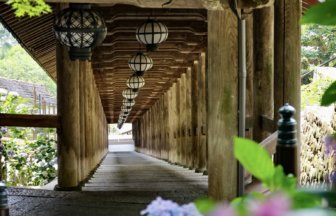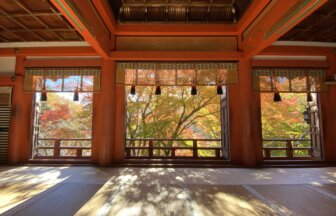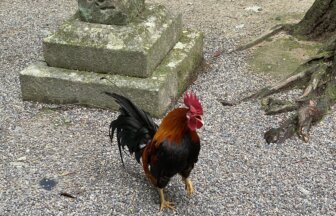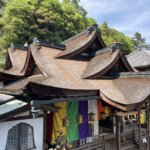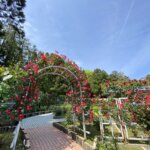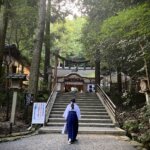Away from the center of Nara and in the southeast corner of the Nara Basin, Sakurai is an area with a tranquil rural landscape. It is surprising that there are temples with amazingly beautiful Buddhist statues in this quiet area, which shows the history and depth of this ancient capital of Japan. Shorin-ji is one such temple.
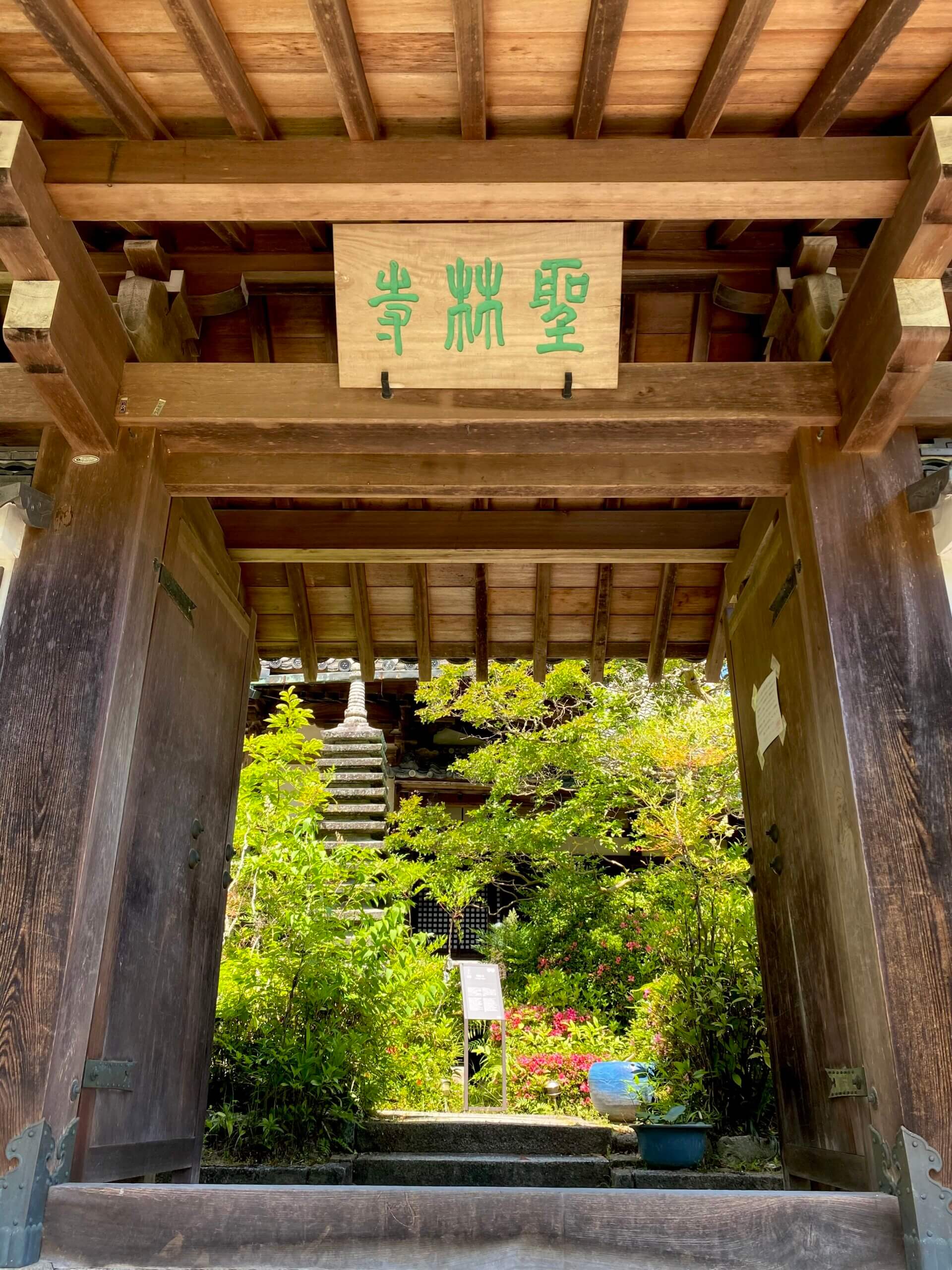
Gate
Statue of Eleven-headed Kannon
Housed in the Kannon-do Hall is a National Treasure, the eleven-headed Kannon. This gorgeous statue is said to be a masterpiece of Japanese sculpture. It stands 209 cm tall, with the right hand lowered and its second and third fingers flexed to create an elegant expression, while the left hand holds a flower vase at chest level.
Having a thick chest, a firm body and dignified facial expression, it looks rather masculine. The carvings and decorations also show strength. Still, it definitely maintains an air of grace and perfect beauty as a whole.
https://www.shorinji-temple.jp/en/elevenfaced/
(Official Shorin-ji website)
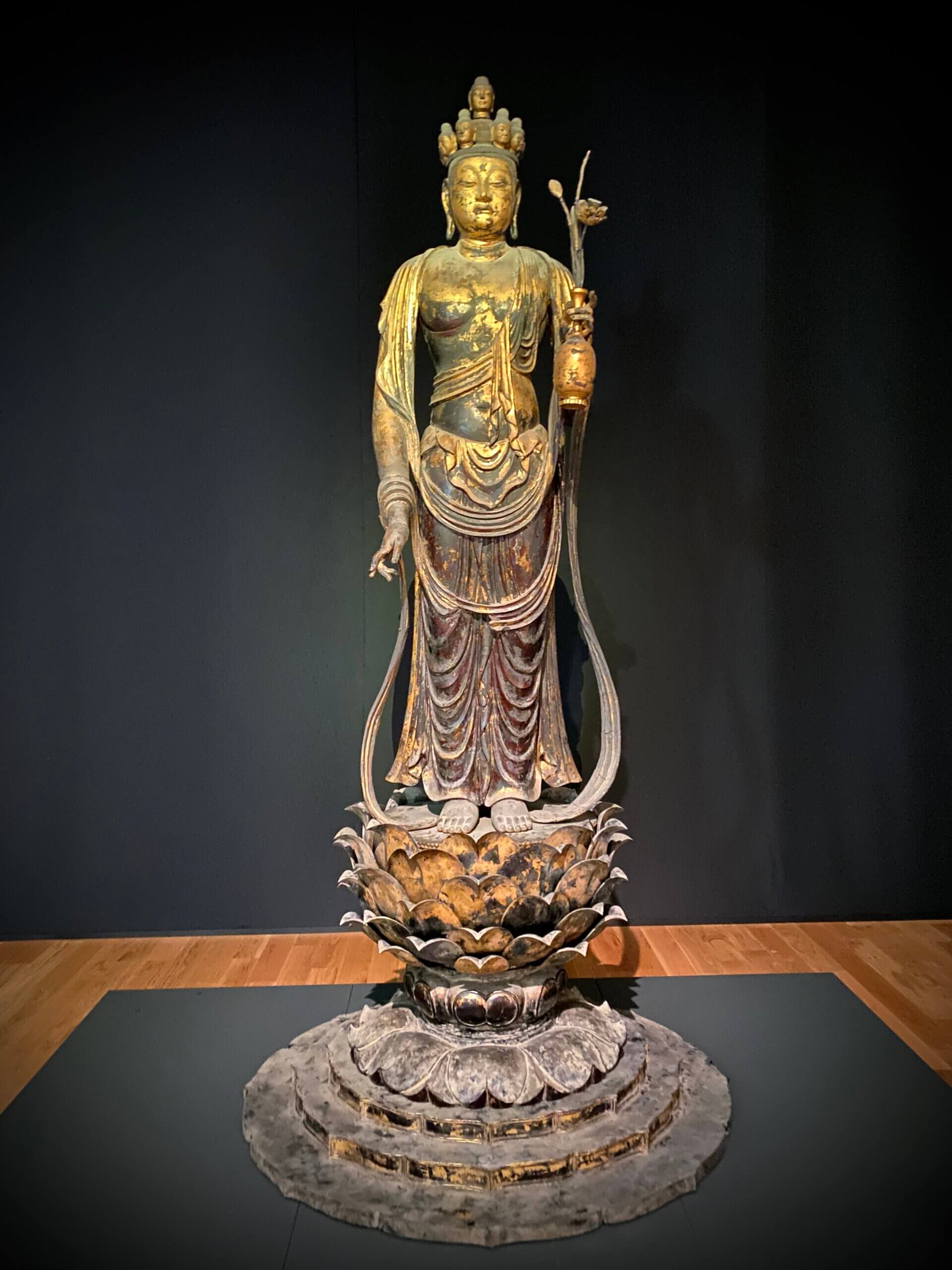
Photo of a replica
The Kannon was originally the principal image of Daigorin-ji Temple (later renamed Ootaneko Shrine), which was a temple built in the precincts of Omiwa Shrine, about 5 km away from Shorin-ji Temple. In 1868, the Meiji Government issued the edicts ordering the separation of Shinto and Buddhism. In effect, it was an order to make Shinto the state religion. This led to the removal and destruction of Buddhist statues and altar fittings that had been placed in shrines. It is said that in the same year the statue was moved to Shorin-ji Temple, which had a close relationship with Daigorin-ji Temple, to protect it from destruction.
Until 1887, the statue had been hidden behind a closed door and never shown to the public. In that year, the American philosopher Ernest Fenollosa (1853-1908) strongly insisted that the ban on opening the door be lifted and finally the statue made an appearance for the first time in its history. It is said that Fenollosa’s surprise at seeing this beautiful statue was extraordinary. Later, he donated a small new shrine to house the statue. Its internal structure was equipped with wheels so that it could be easily moved to a safer place in the event of fire. This was a precursor of the equipment used to protect cultural properties. The shrine is still preserved in the Main Hall of the temple.
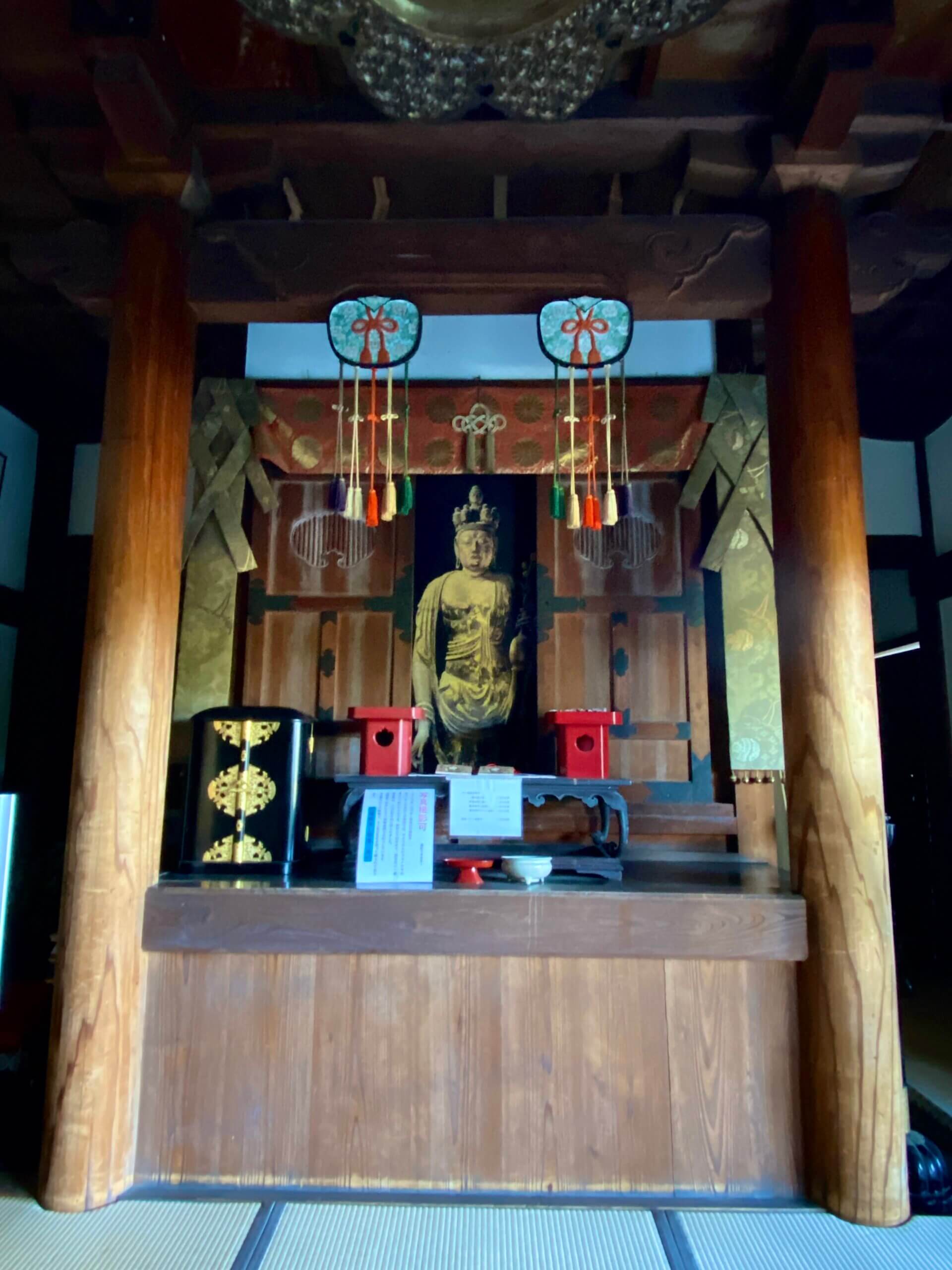
The small shrine donated by Fenollosa
The statue was designated as one of the first National Treasures in 1897 when the former National Treasure system was established.
The seismic strengthening of the Kannon-do Hall was completed in 2022. The statue is now placed in a huge glass case but can be viewed from 360 degrees. In a simple hall that evokes the universe, visitors can fully enjoy its beauty.
Main Hall
Statue of Koyasu Enmei Jizo
Enshrined in the main hall is a large white stone statue. This is the statue of Jizo, which is said to promise safe childbirth.
http://www.shorinji-temple.jp/en/koyasu/
(Official Shorin-ji website)
From the balcony of the hall, you can enjoy a panoramic view of the Nara Basin, including Mount Miwa and the Hashihaka Tumulus.
Information:
Hours:
9:00 to 16:30
Admission:
Adult: 400 yen (except during special exhibitions)
Address:
692, Shimo, Sakurai City, Nara Prefecture 633-0042 Japan
* You are always asked to check information on the official website before you visit.
http://www.shorinji-temple.jp/en/
(Official Shorin-ji website)
Access:
From Kintetsu/JR Sakurai Station, go through the South Exit and find bus stop No. 1. Take the SA (Green) bus line of the Sakurai City Community Bus Service. Get off at the Shorin-ji stop and walk about 5 minutes.
Please note that there is only one bus service every one to two hours.
Taxies are also available at the South Exit of Sakurai Station.
Timetable of the SA (Green) bus line of the Sakurai City Community Bus Service (Japanese only)
https://www.city.sakurai.lg.jp/sosiki/koushitsu/gyouseikeieika/koukyou/1431562085705.html
Click on the second link to PDF.
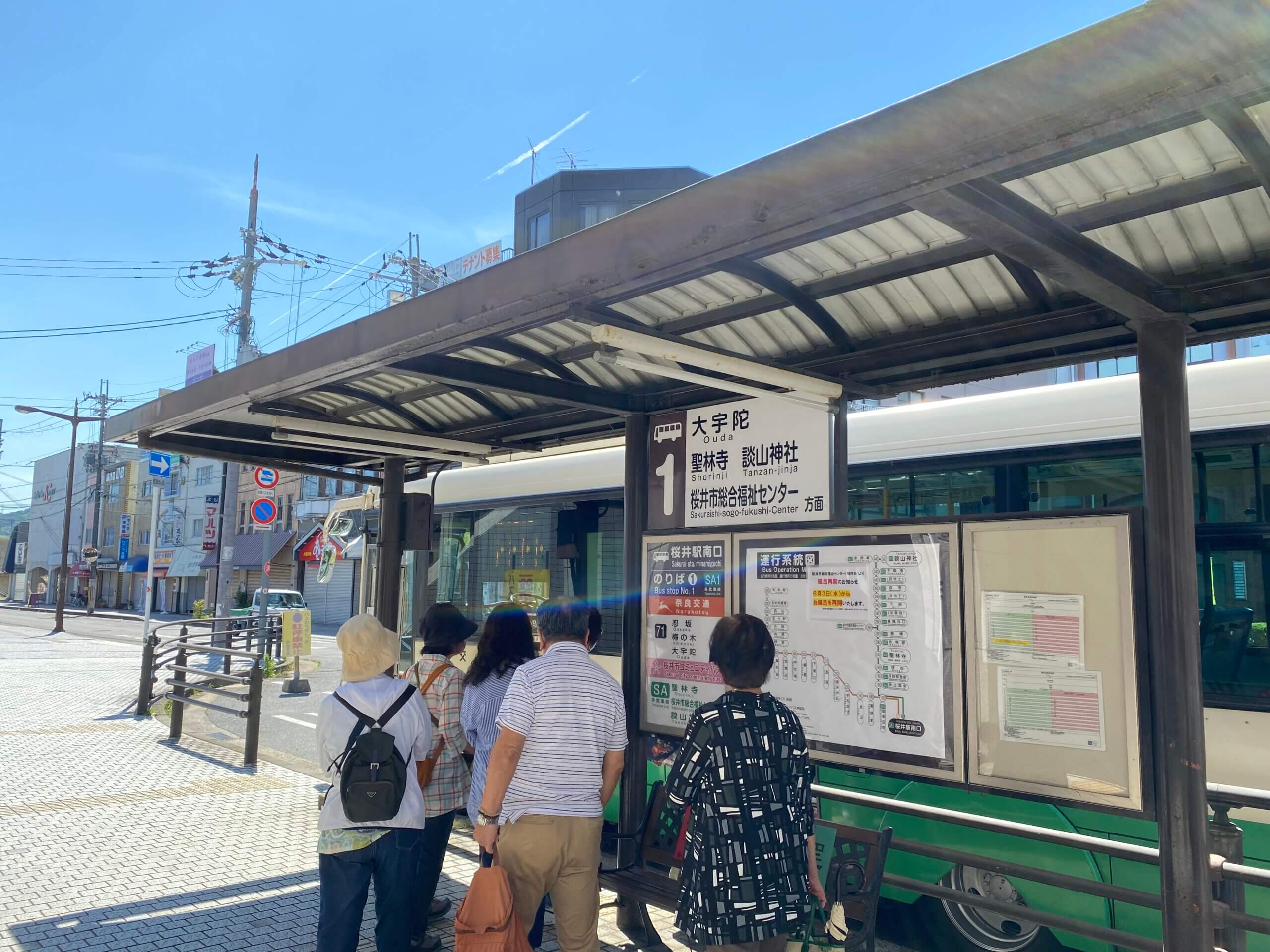
Bus stop at Sakurai Station
Travel Tips
Shorin-ji Temple and Tanzan-jinjya Shrine are on the same SA (Green) bus line, and Abe Monjyuin Temple is on the SB (Blue) bus line. If you carefully plan, you can visit all three spots by bus in a day.
* The statue in the eye-catching photo at the top of this page is a replica.
Last updated: December 23, 2023
Text by: Yumi